Address
17 Mission Road (Ft. Hunter-Liggett Reservation)
Jolon, CA 93928
United States
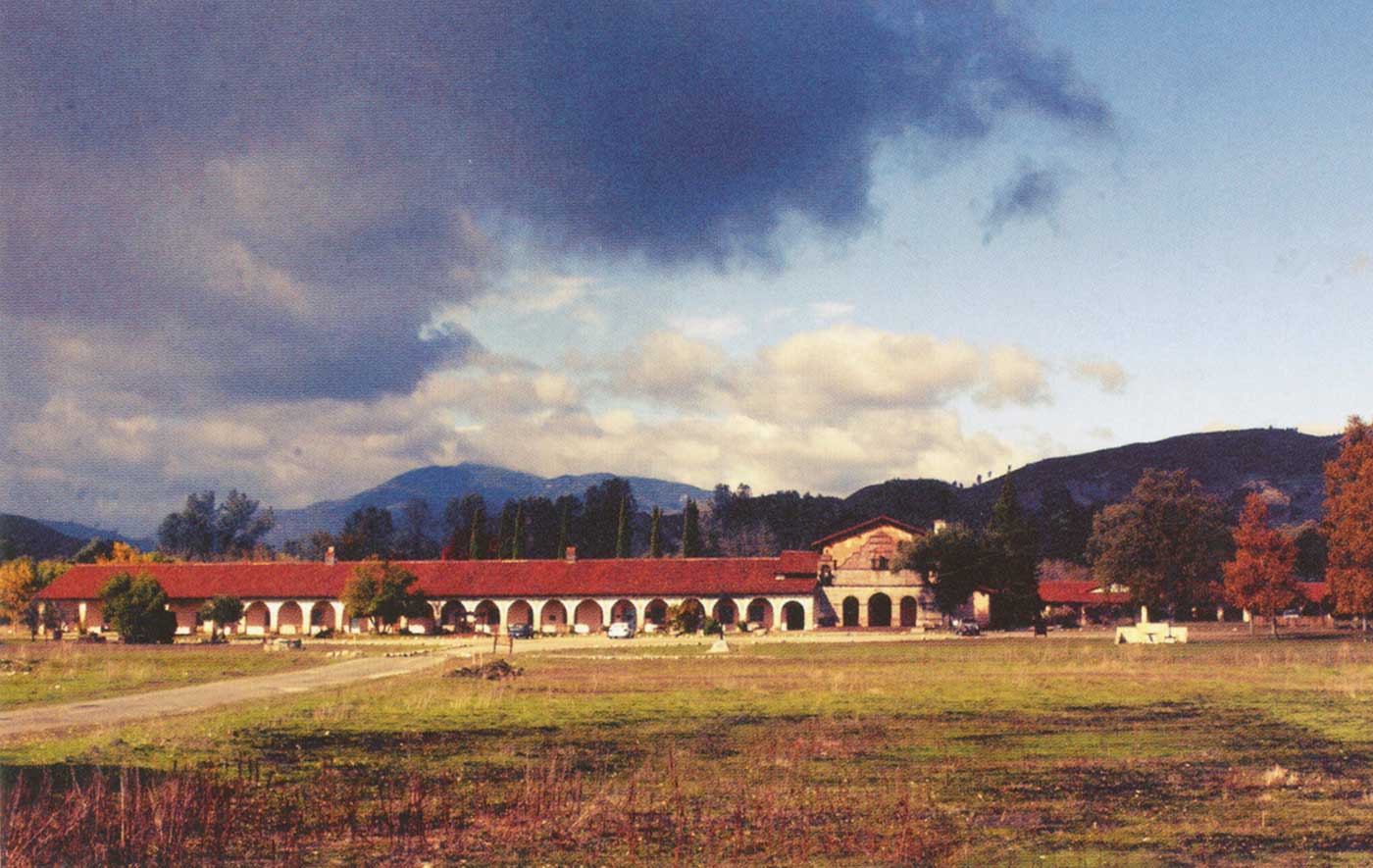
Founded:
July 14, 1771 - The 3rd California Mission
Current Status:
This is a consecrated Roman Catholic Church where religious services are held each week for area residents and visitors. A retreat center is open to all denominations throughout the year.
Summary:
San Antonio de Padua, California’s third mission, was founded on July 14, 1771. This mission was extensively restored between 1948 and 1952. The extensively restored complex and grounds offer a lot for visitors to see. Mission San Antonio de Padua’s setting is much as a traveler would have experienced it two centuries ago.
17 Mission Road (Ft. Hunter-Liggett Reservation)
Jolon, CA 93928
United States
In order to reach this mission, you will drive to Fort Hunter-Liggett, an active military post. Take exit 252 (Jolon Road) West from U.S. 101 about 22 miles. Follow the signs to Fort Hunter-Liggett and the San Antonio de Padua Mission. There is now a separate access road that takes you to the mission, without having to enter the grounds of Fort Hunter-Liggett.
831-385-4478
Please contact the mission directly by telephone or by visiting the mission website for the most current information.
Due to Covid-19 restrictions, it is best to check for current information.
This mission is located in the Santa Lucia Mountains in an oak-studded valley whose unspoiled setting is much as a traveler would have experienced it two centuries ago.
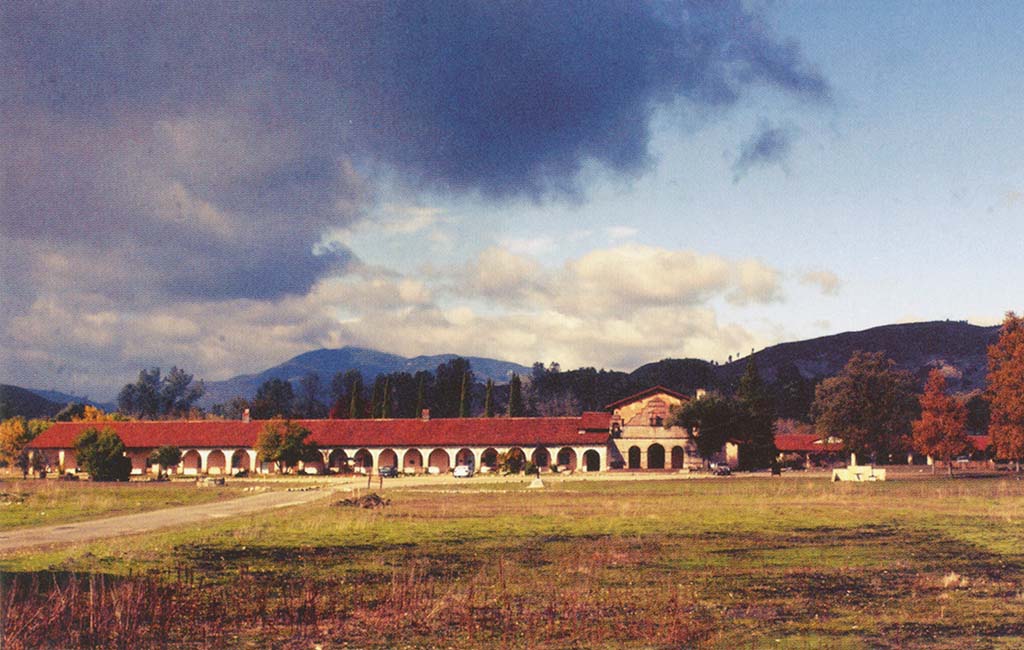
San Antonio de Padua holds special events each quarter of the year (the details are posted each year on the mission website). Historically, these events have included:
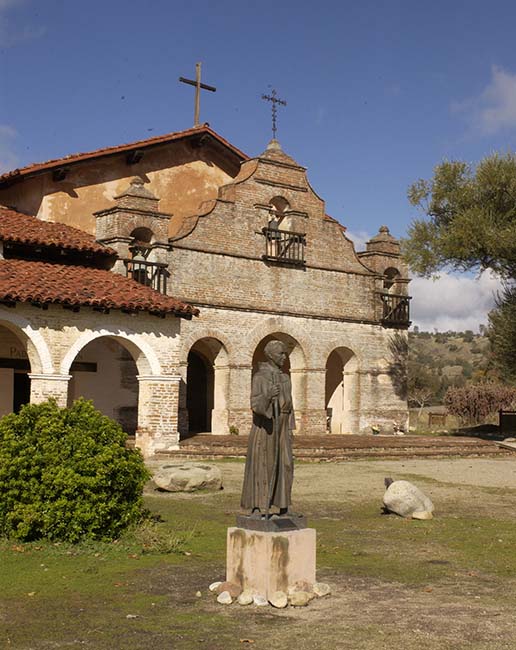
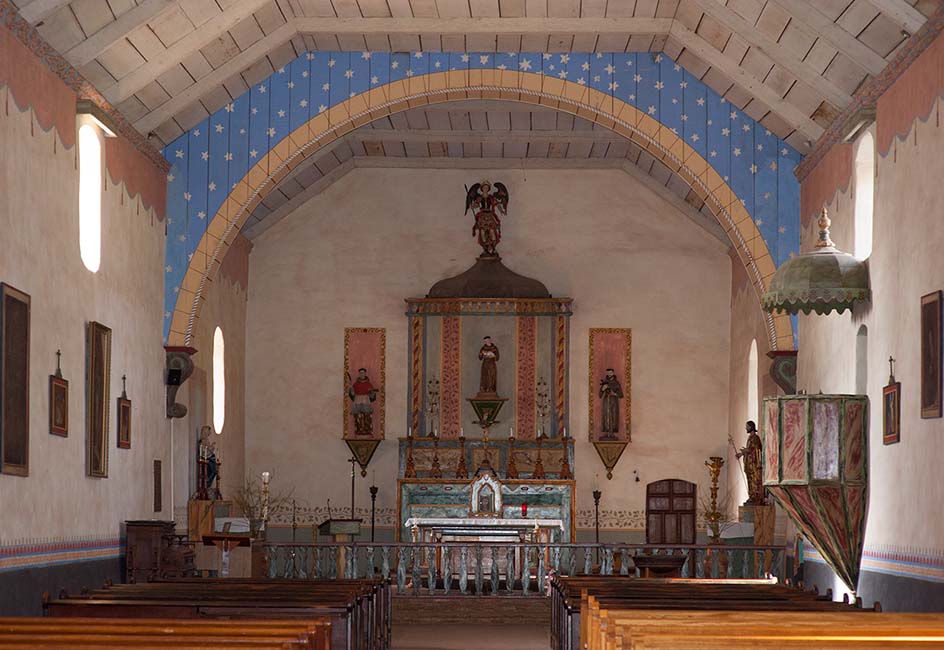
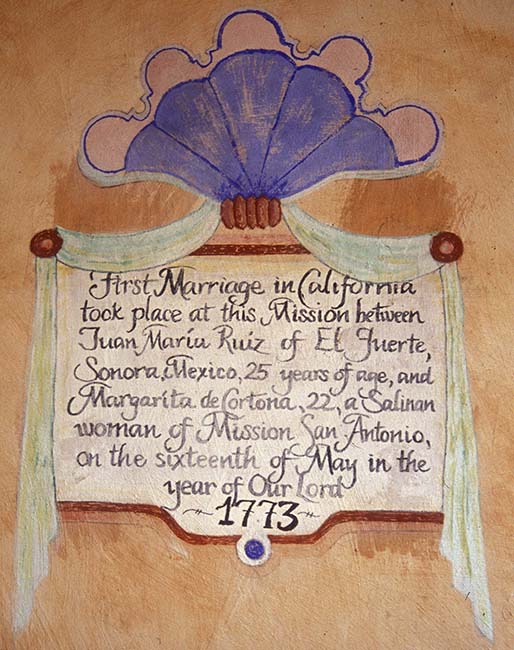
1834
1863
Saint Anthony of Padua, a thirteenth century Franciscan, the finder of lost possessions
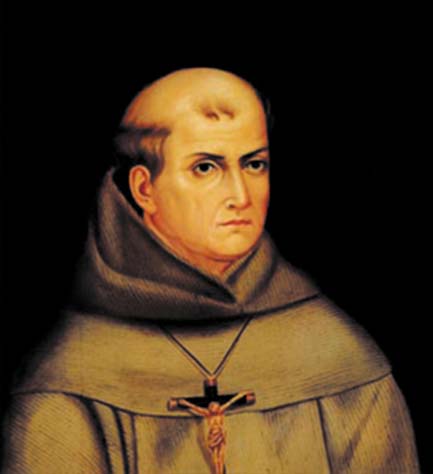
This was the first mission established in the land of the Salinan people at the site of Telhaya. In the mission era, the natives who became neophytes at San Antonio de Padua were called Antonianos. Mission records show the natives were predominantly Northern Salinan but there were some Yokuts and Esselen.
Located in the Santa Lucia Mountains in an oak-studded valley southeast of Monterey, on which is presently a military reservation. The setting of this mission is much as a traveler would have seen two centuries ago.
Traditional quadrangle, largely restored by W.R. Hearst and the Franciscans between 1948 and 1952. Signs mark the location of important buildings and features, such as the water-powered gristmill, throughout the vast mission grounds.
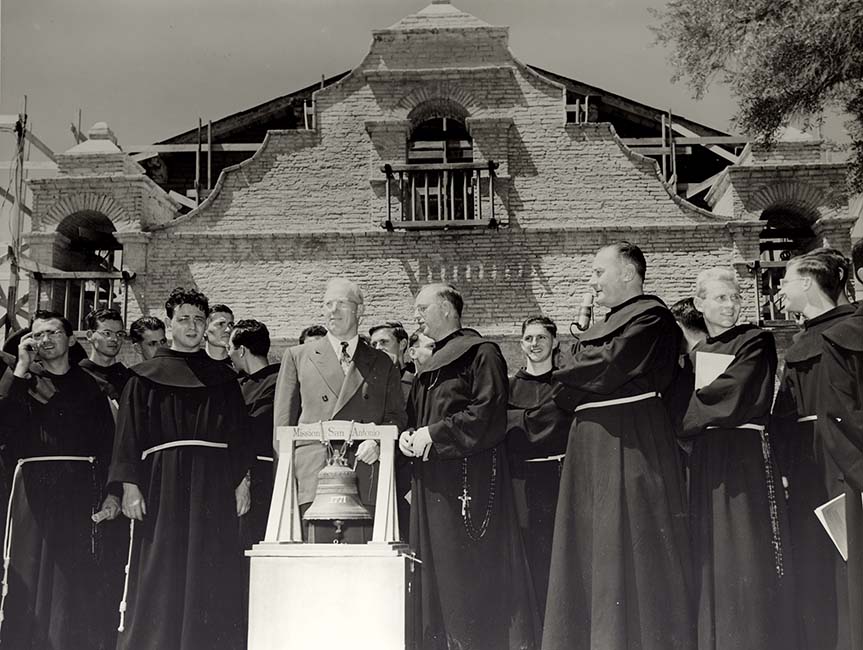
San Antonio River which is about three miles above the mission. Water was brought by aqueducts or zanjas and stored in reservoirs.
The highest recorded population was 1,217 in 1806.
In its peak livestock year of 1828, the mission had 20,118 animals, including 8,000 cattle, and 10,000 sheep. For practicality, the herd was dispersed to several locations, Ranchos San Benito and San Bartolomé del Pleyto were used for sheep and lambs. There were cattle ranches at Los Ojitos and Rancho San Miguelito, all within three to ten leagues (10-35 miles) of the mission.
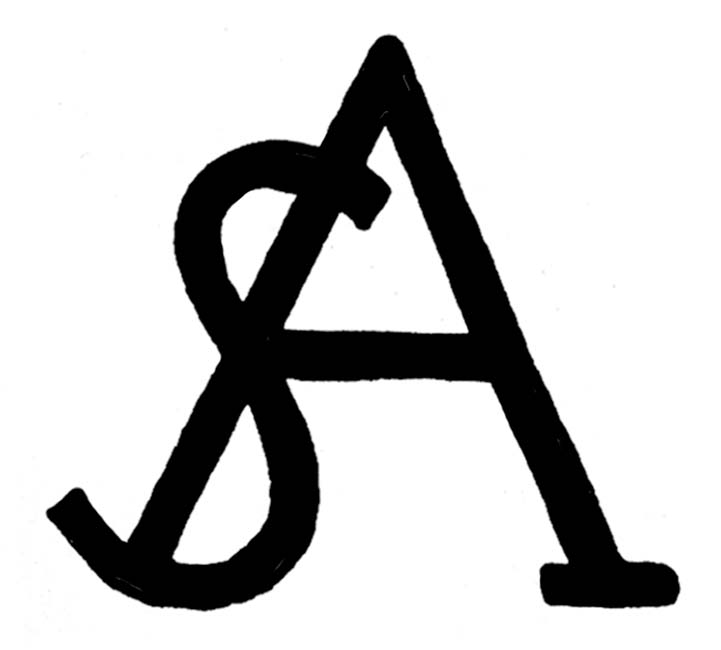
This mission quickly became self-sufficient. Over the years that it was an active mission, San Antonio harvested 110,000 bushels of wheat, barley, corn, beans, and peas.
The present or third church was completed in 1813. In 1821, an arcade or Propylaeum, with three arched openings and fashioned from ladrillos or burned brick, was built out from the church portico, giving the mission a unique appearance. The church was fully restored by the Landmarks Club between 1903 and 1908.
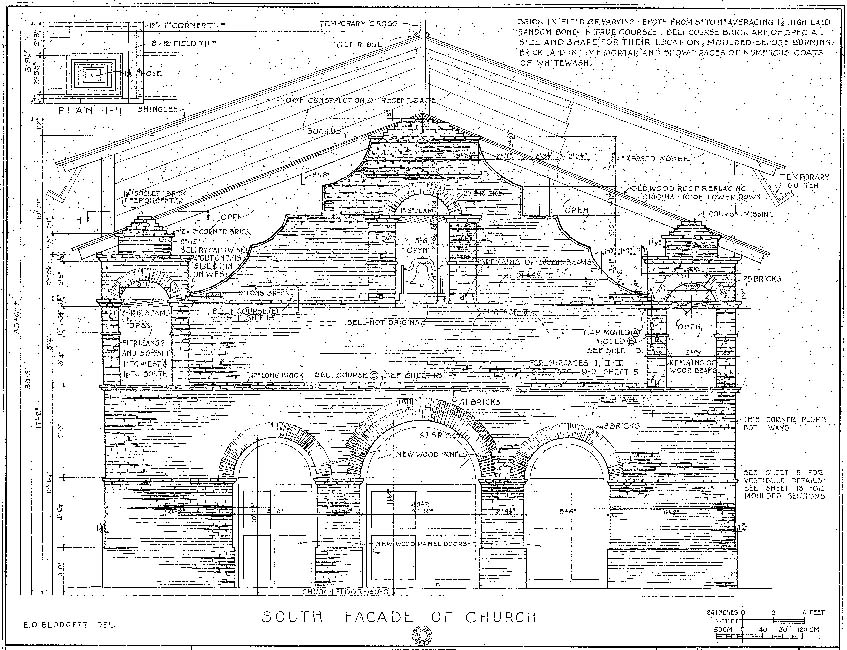
Both sides of the facade include a square bell tower, both of which have one bell. The third and largest bell, which is original, hangs at the center of the arcade over the largest arch.
The walls of this charming church boast colored decorations painted by the Mission Indians. Behind the altar is a large bulto of the archangel San Miguel, with extended wings, and just below is the bulto of the church patron, San Antonio.
In 1776, Lt. Col. Juan Bautista de Anza stayed at the mission with 240 immigrants from Sonora. San Antonio proved to be an important stop in Anza's pioneering effort to establish a land route from Mexico to Alta California.
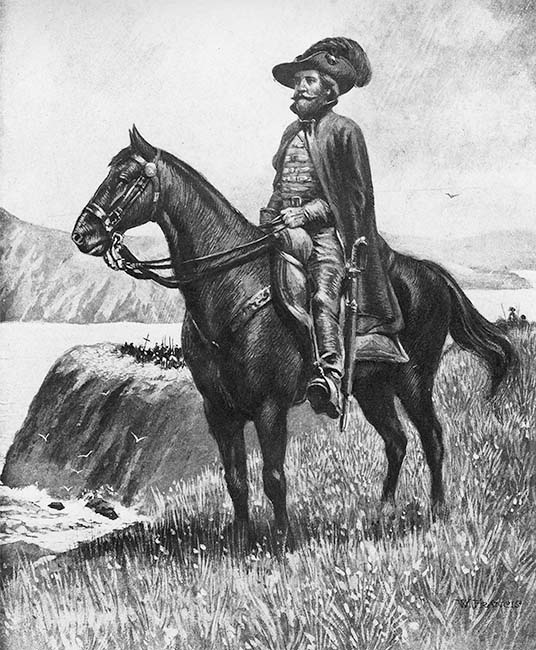
San Antonio Padua, founded in 1771, was restored in stages during the 20th century. In the years 1903-1908, the Landmarks Club raised funds to restore the historic 1813 church. Between 1948 and 1952, the mission's traditional quadrangle was rebuilt, largely with funds supplied by William Randolph Hearst and the Franciscans, who made this a retreat center.
The extensive restoration and unspoiled setting of San Antonio de Padua makes this one of the most picturesque missions in California.
The Historical and Contemporary Image Galleries contain a diverse sample of the paintings, illustrations, early photographs and contemporary photographs of the California mission known as the "Mission of the Sierras".
The Contemporary Image Gallery contains more recent photographs taken by several different photographers from around the Church gardens and the Church interior.









